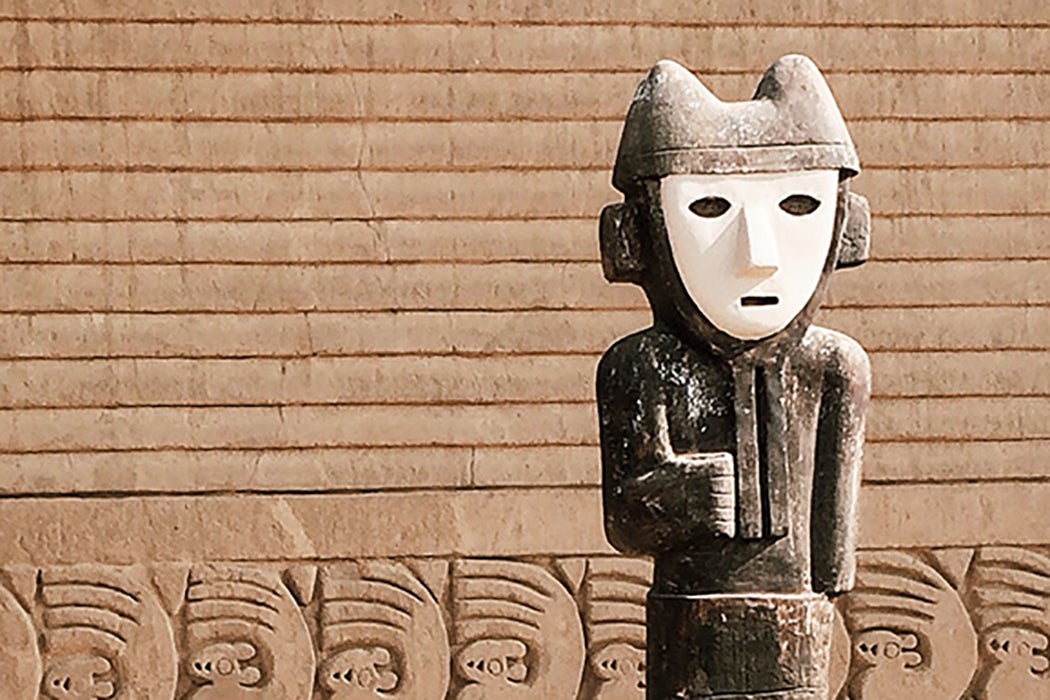At a site near Trujillo, in Northwest Peru, archaeologists recently made a grisly find: the remains of more than 140 human children and 200 baby llamas. The site was part of the Chimú empire, a culture that dominated northwestern Peru until their conquest by the Inca in the late fifteenth century C.E. Sometime in the mid-fifteenth century, these children were all killed at about the same time, suggesting a deliberate sacrifice. It may be the largest child sacrifice ever discovered, anywhere.
Who were these children? What kind of lives did they lead? Evidence from other sacrifices provides some insight into the lives of those sacrificed and the circumstances of their deaths. Science writer Ann Gibbons describes how sacrificial mythology and iconography was common throughout many ancient cultures. In some cases, children were sacrificed in order to match the mythology. In Guatemala, several children’s remains were found buried with a Mayan King. They lived far from any war, so the children were probably not captives or war trophies, but instead were likely associated with the king during life and may have been intended to benefit his afterlife. It seems they were sacrificed in a manner parallel to mythological sacrifices to the maize god, or god of corn.
Sometimes, child sacrifices were very well treated. In 1999, the mummified remains of three Inca children, aged 15, 7, and 6, were found near the summit of a volcano in Northwest Argentina (the older girl came to be known as the Llullaillaco maiden, after the volcano). Researchers were able to infer that about a year before she died, the girl’s diet suddenly contained more meat and corn, indicating that she started receiving higher-end food than peasant children in their society normally would. All three children were in good health and well cared-for, and buried with gold and silver goods. According to Gibbons, it may well have been an honor to be chosen for sacrifice.
Unsurprisingly, children were also sacrificed under darker circumstances. Before the Incas and the Chimú empire, a different group called the Wari was dominant in much of central and coastal Peru. According to bioarchaeologists Tiffiny A. Tung and Kelly J. Knudson, the Wari occasionally collected and processed heads, including childrens’ heads, to use as trophies. Analysis suggests that some of the children, and many of the adults, were not local. It could be that the heads were from prisoners of war, and maybe prisoners captured for the purpose. Some of the children may have been sacrificed.
But why were children, or anyone for that matter, sacrificed? Sacrifices often served a social or political purpose. According to Tung and Knudson, trophy heads may have been a projection of power and authority for the Wari rulers. As for the Inca, the remote resting place of the Llullaillaco maiden was carefully chosen. Some archaeologists believe that holding the sacrifice at the volcano’s summit served to impress, and help control, the Inca’s subjects.
The story behind the new mass death site is still a mystery. Archaeologists can only speculate about why these particular 140 children were sacrificed.







